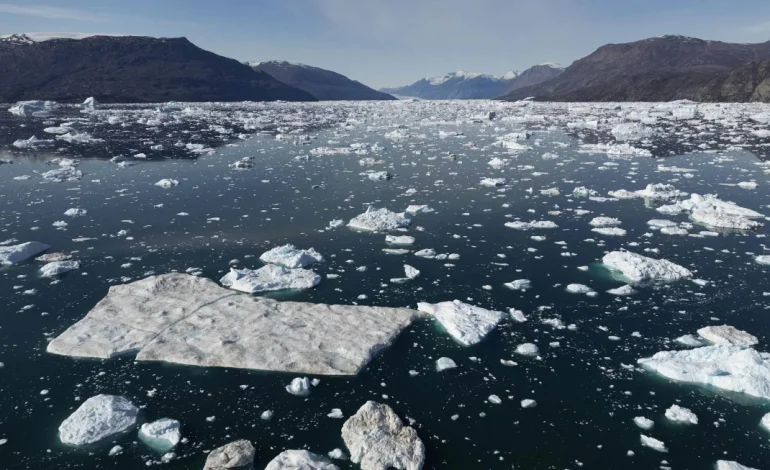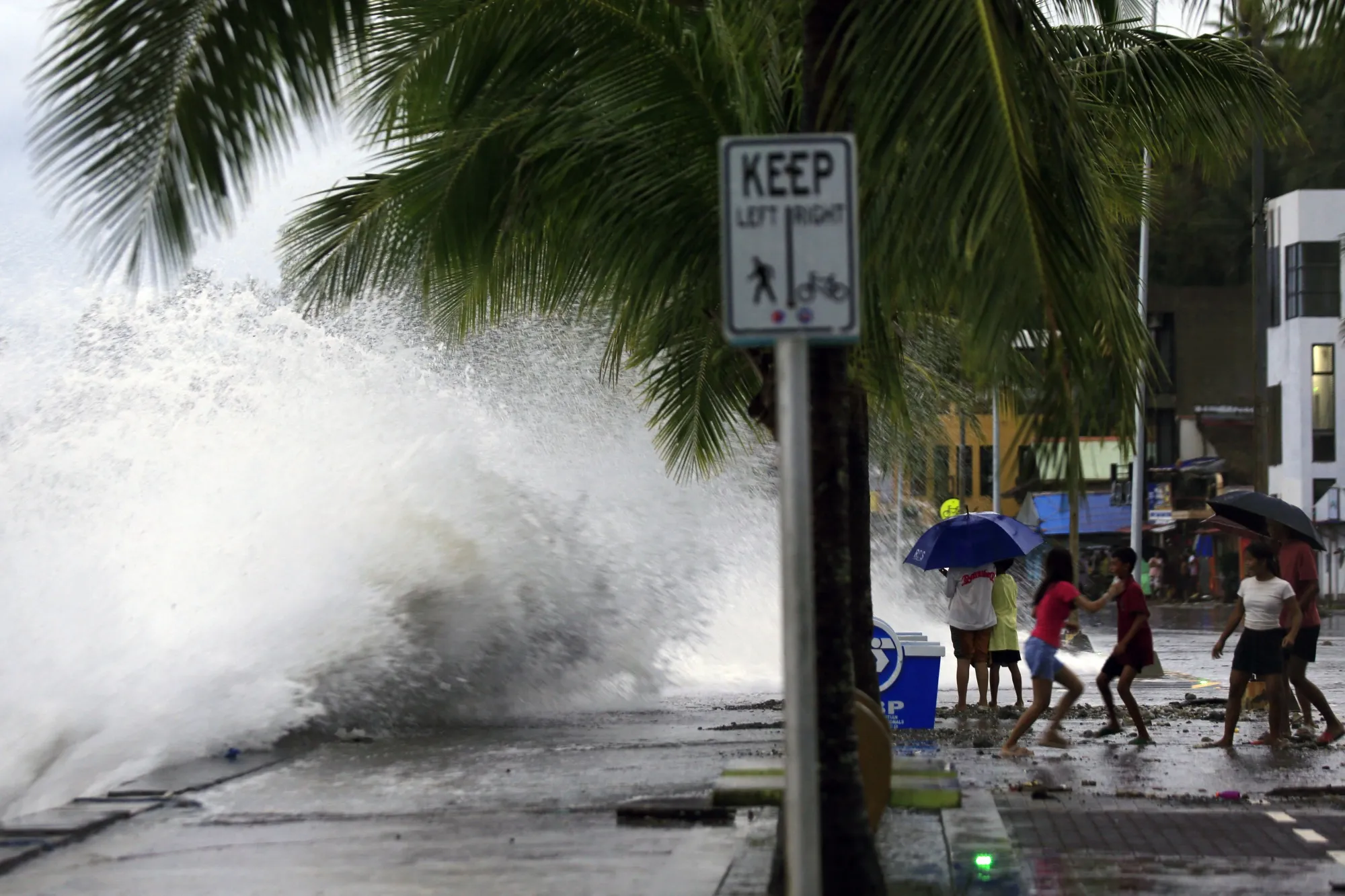Mysterious Earth Vibration Linked to Greenland’s Climate-Fueled Mega-Tsunami

Scientists have unraveled the mystery behind a nine-day global vibration that shook the Earth last September, revealing a chilling connection to the escalating impacts of climate change in the Arctic, CNN reports.
The tremor, initially dismissed by some seismologists as instrument malfunction, has been traced back to a cascading series of events triggered by a melting glacier in Greenland.
The chain of events began with a massive landslide in Dickson Fjord, caused by the destabilization of a mountain weakened by a retreating glacier. This triggered a 650-foot-high mega-tsunami, one of the highest in recent history, sending enough rock and debris into the water to fill 10,000 Olympic-sized swimming pools.
The tsunami, trapped within the narrow fjord, created a persistent rhythmic wave known as a “seiche”, sloshing back and forth every 90 seconds for over a week. It was this seiche, the researchers discovered, that generated the seismic energy that reverberated across the globe, creating a monotonous hum that lasted for nine days.
“It’s maybe the first time we have directly observed the impact of climate change on the ground beneath our feet,” said Stephen Hicks, a seismologist at University College London and co-author of the study published in the journal Science.
The signal, picked up by seismographs worldwide, traveled from Greenland to Antarctica in just an hour, demonstrating the far-reaching effects of this unprecedented event. While the tsunami did not cause any injuries, it did wash away centuries-old cultural sites and damaged an empty military base. The study highlights the potential danger posed by these events, especially as cruise ships frequently navigate the area.
The researchers, who collaborated for nearly a year across 15 countries, warn that the Arctic’s rapid warming is making it more vulnerable to these kinds of extreme events.
“We’re seeing new areas of the Arctic ‘coming online’ for these kinds of climate events,” said Professor Jorgen Svennevig, lead author of the study.
He also stressed that similar fjord shapes exist in Alaska, parts of Canada and Norway, suggesting that the threat is not limited to Greenland.
In June 2017, a tsunami in northwest Greenland killed four people and washed away houses. The researchers stress that as the Arctic continues to warm at an alarming rate, landslide-triggered mega-tsunamis could become more common, posing a significant threat to lives and infrastructure.








